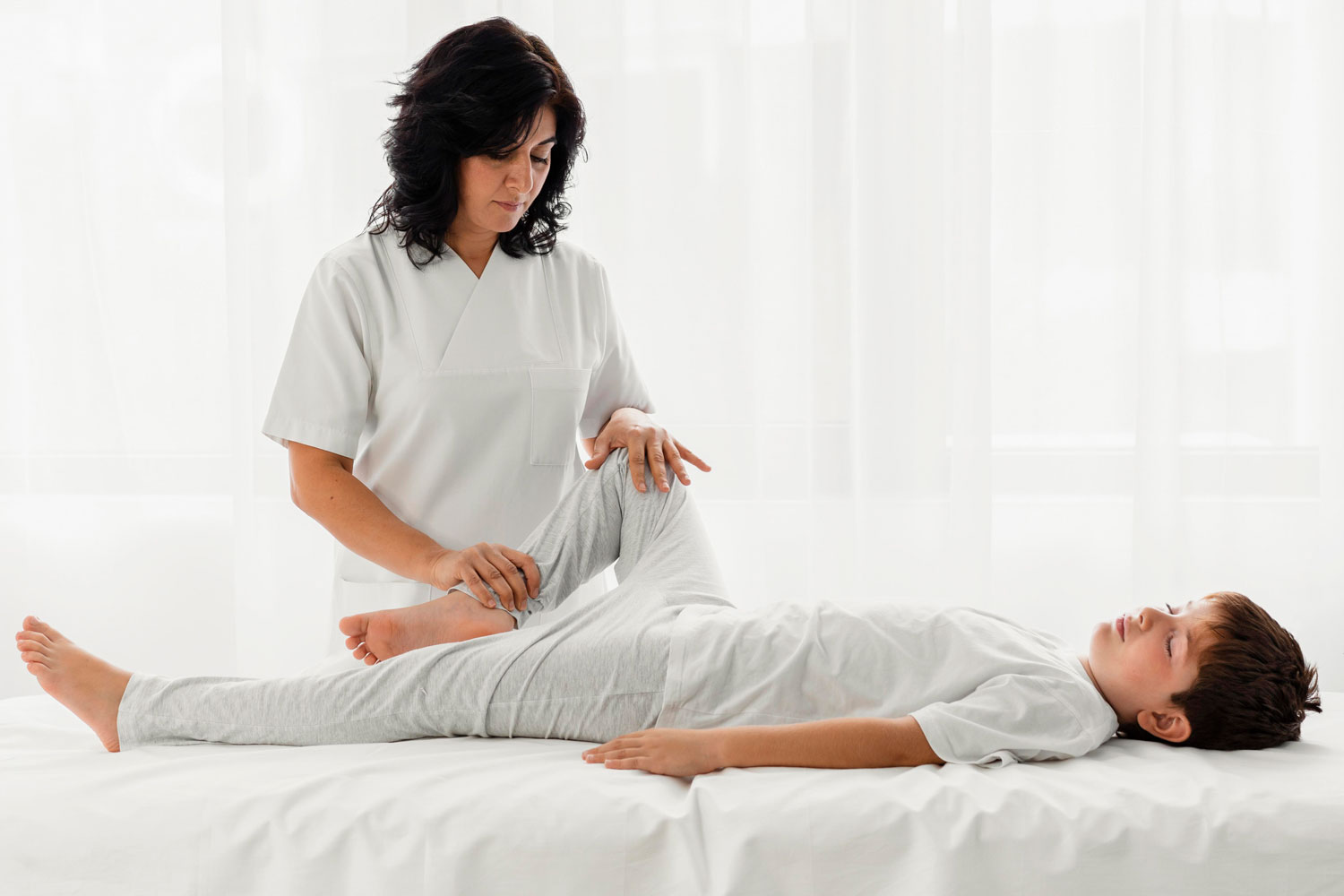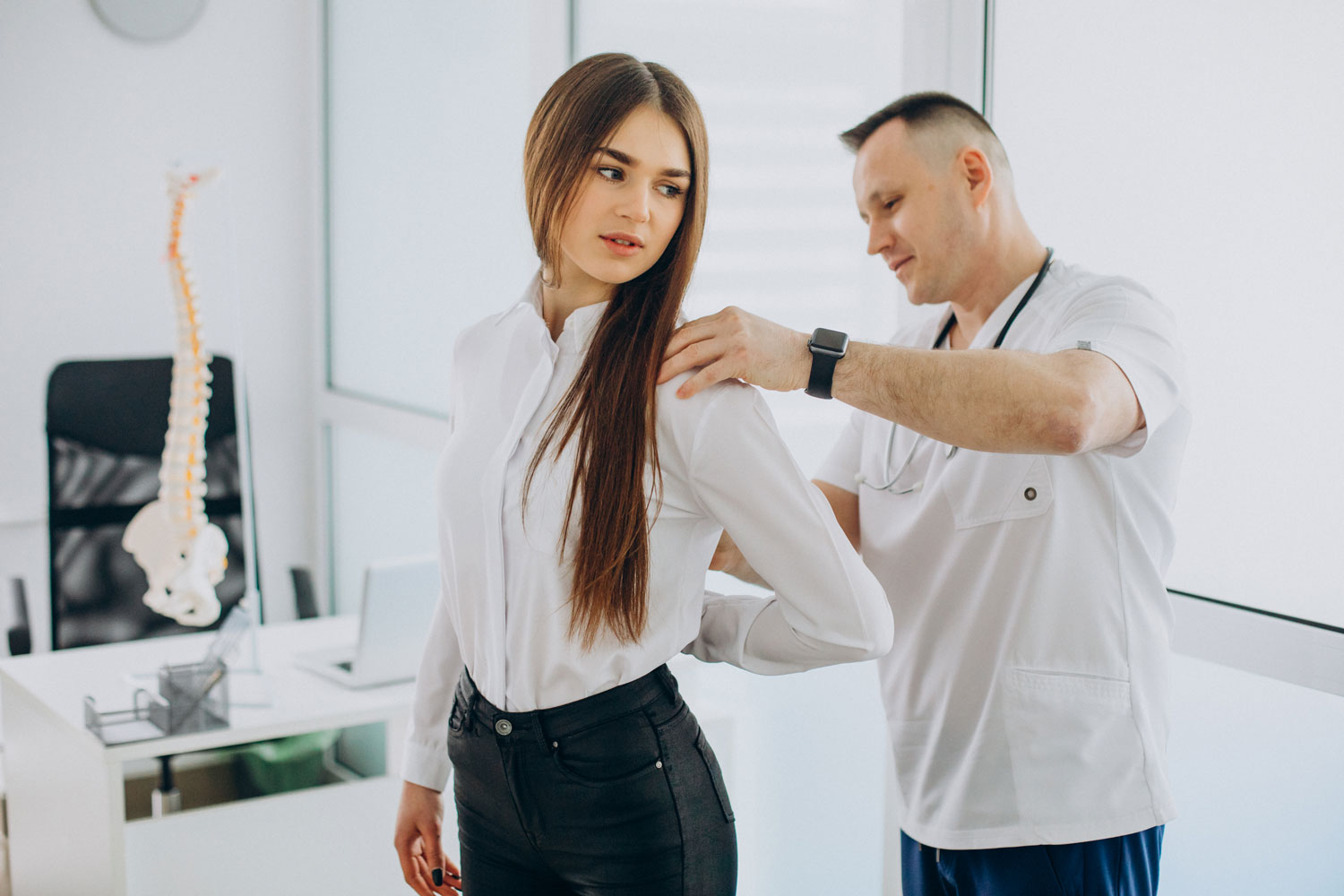Pain is the body’s natural response to injury or illness, warning you that something is incorrect. With a restored body, usually, the pain disappears. But in many people, the pain continues long after the cause is removed. When the pain persists for more than three to six months, it is called chronic pain. Persistent pain in addition to physical health, it also affects your emotional health.
Chronic pain changes the behaviour of neurons and increases their sensitivity to pain messages. Neurons are brain or spinal cord nerve cells that transmit and process sensory inputs. For example, According to the statistics of the Arthritis Foundation, 20% of people with knee arthritis undergo knee joint replacement they have taken. Instead of a natural joint, they have a metal joint that has no feeling and cannot be painful, again from the pain they suffer chronically.
About 25% of people with persistent pain suffer from a more complicated condition called chronic pain syndrome (CPS: chronic pain syndrome. In addition to pain, this syndrome occurs with symptoms such as depression and anxiety and interferes with people’s daily life.
Treating persistent pain syndrome is difficult, but not impossible. A combination of treatments such as consultation with a pain specialist or Physical medicine, psychologist, physiotherapy and relaxation methods such as yoga help to eliminate pain and other associated symptoms.

What Causes Chronic Pain?
Doctors do not know the exact cause of this syndrome. This syndrome often occurs after an injury or painful condition, such as:
- Arthritis and other joint problems
- backache
- Headache
- Muscle strain and cramps
- Repetitive injuries (when a movement is repeated many times and puts pressure on the part of the body).
- Fibromyalgia (a condition that causes muscle pain throughout the body).
- nerve damage
- Lyme disease
- Bone fracture
- Cancer
- Reflux of stomach acid into the esophagus or stomach ulcer
- Inflammatory bowel disease
- Irritable bowel syndrome
- Endometriosis (when the tissue of the uterus grows outside of it).
- Surgery
The roots of chronic pain syndrome are both physical and mental. Some experts think that the nervous system and there is a problem with the stress management glands of these people. This problem makes these people different and understands the pain. Other experts say that chronic pain syndrome is a learned response. When you are in pain, behaviours you repeat something. For example, you may complain of pain, lying down to rest, or taking painkillers. Use them or take a break. These behaviours act as rewards and continue even after the cause is removed. They encourage pain.
Chronic pain syndrome affects all ages and genders but is more common in women. People with Depression and other psychological problems are more prone to chronic pain syndrome.
Diagnosis and Treatment for Babies
What are the signs of chronic pain?
Chronic pain syndrome affects physical health, emotions and social life over time. This type of pain symptom also creates another, such as:
- Anxiety
- Depression
- Inappropriate sleep
- Feeling very tired
- Irritability
- Feel guilty
- Lack of sexual desire
- Abuse of alcohol and drugs
- Family and marital problems
- To lose a job
- Suicidal thoughts
Some people with chronic pain syndrome need more and more drugs to manage their pain, which causes them to become dependent on these drugs.
diagnosis of chronic pain syndrome
The doctor asks about any disease or injury that may have caused the pain. Also, Questions to get more information about the type of pain you feel and how long you have had it, such as the time of onset of pain, its location, type and intensity.
Your doctor may use tests to evaluate better and diagnose the source of the pain, such as:
- Electromyography: in this method, to diagnose the cause of your pain and suffering, the electrical activity of nerves and muscles in the skeleton is examined.
- Photography: This method uses low-dose x-rays to take pictures of internal body structures.
- CT or computer tomography: this method is a powerful x-ray that takes detailed images of the body you prepare.
- MRI: This magnetic and radio wave method prepares images of your body’s organs and structures.

Risk factors that can lead to chronic pain
Research has shown that some people are more prone to suffering from chronic pain syndrome, including:
- People with painful and chronic conditions, such as arthritis
- depressed people
- People who smoke
- People who are obese: According to research, 50% of people who seek treatment for obesity, pain
- They report mild to chronic. Experts are not sure if this pain is related to stress.
- It is due to excess weight on the body or the effect of obesity on hormones and metabolism.
- Women: Women are more sensitive to pain.
- People over 65 years old.
chronic pain syndrome: Treatment
You can refer to a pain specialist or physical medicine specialist to treat chronic pain. Your doctor, the basis of the origin of the pain, chooses the treatment. You may receive one or more of the following treatments:
- Pain relievers, such as ibuprofen and naproxen, antidepressants, anticonvulsants, and relaxants Muscular
- Acupuncture
- Therapeutic sports and physiotherapy
- Nerve block to interfere with pain
- Yoga helps to relax the muscles and increase deep and invigorating breathing, and awareness of the mind gives. Research has shown that yoga is effective in reducing depression and anxiety associated with chronic pain, and
- It improves the quality of life.
- Relaxation methods such as deep breathing and meditation
- Behaviour therapy/psychotherapy: for example, cognitive-behavioural therapy
- Spinal cord stimulation
- Surgery to treat the condition causing the pain
Compatibility with chronic pain syndrome
The American Pain Association recommends tips for dealing with chronic pain:
- Focus on the positive things in your life.
- Keep yourself busy. Aside from family and friends or enjoyable activities, you can do
- Don’t take participate in support groups. Your doctor or local hospital may be able to refer you to one of these groups.
- Seek both physical and psychological help.
- Beware of scammers.
Together, in the safety of the therapy space, we can explore what’s troubling you. Don’t deal with Chronic Pain alone. Connect with the Sports & Spinal Solutions clinic today. Book an appointment online. Please Call Us.





